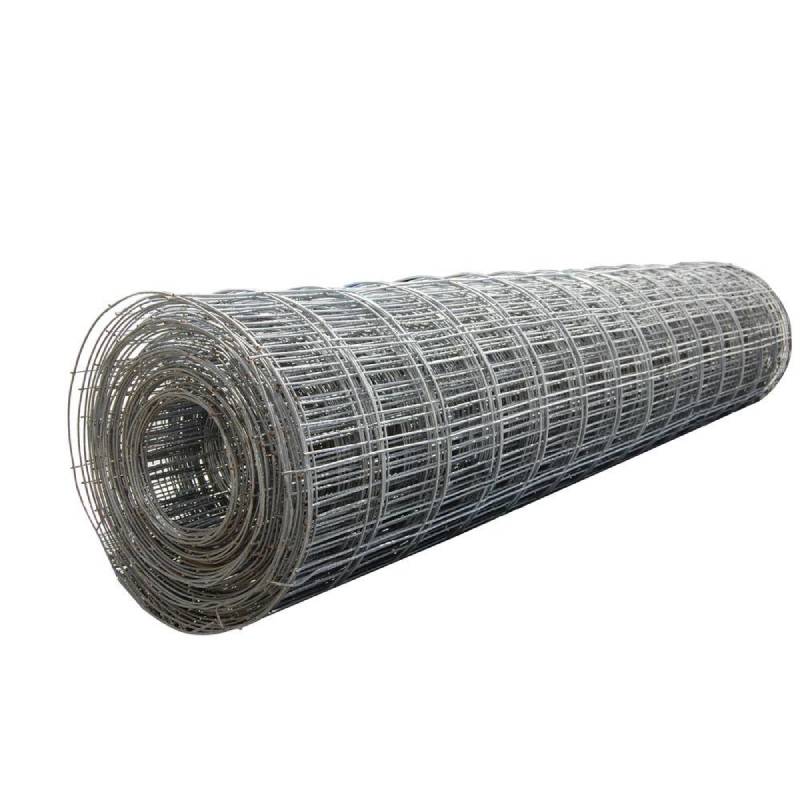
- Mobile Phone
- +8613931874955
- sales@cntcmetal.com
brick tie detail
Understanding Brick Tie Detail An Essential Element in Masonry Construction
In the construction industry, the integrity and durability of structures are paramount. One of the critical components that ensure the longevity and stability of masonry walls is the brick tie detail. Brick ties play an essential role in connecting brickwork to the supporting structure, typically a masonry or concrete wall. This article delves into the significance of brick tie detail, its design, installation, and compliance with building codes.
What Are Brick Ties?
Brick ties, also known as wall ties, are mechanical fasteners used to secure brick veneer to the backing structure. These ties are crucial in maintaining the structural integrity of the wall by allowing for thermal movement and providing lateral support. Typically made from galvanized steel or stainless steel, brick ties are designed to resist corrosion and withstand the rigors of environmental exposure.
Types of Brick Ties
There are various types of brick ties available, each suited to different applications. Some commonly used types include
1. Brick Ties for Cavity Walls These are used in cavity wall construction, where a space exists between the exterior brick leaf and the inner wall. They typically have a horizontal orientation to support the weight of the bricks while allowing drainage. 2. Panel Ties Used in scenarios where masonry panels need to be secured to a backing wall, panel ties provide added stability and support.
3. Anchor Ties Designed for situations where the brick veneer is attached directly to structural walls without a cavity, anchor ties provide a robust connection.
Importance of Brick Tie Detail
1. Structural Support Without proper brick tie detail, brick veneer can become loose or detached from the structure, posing safety hazards. Brick ties support the weight of the brick, distributing loads evenly to prevent cracking.
2. Thermal Expansion Buildings undergo temperature changes throughout the day and seasons. Brick ties allow for slight movement between the brick veneer and the supporting structure, accommodating thermal expansion and contraction without causing damage.
brick tie detail

3. Moisture Management Brick ties can aid in water drainage, which is vital for preventing moisture accumulation behind the brickwork. Properly designed tie systems help direct water away from the building, reducing the risk of mold growth and structural degradation.
Installation Considerations
Correct installation of brick ties is essential for optimal functionality. The following guidelines should be observed
- Spacing Brick ties should be installed at regular intervals, typically every 16 to 24 inches vertically and horizontally, depending on the height and type of brick wall.
- Positioning Ties should be installed at least 1 inch from the top of the brick and embedded in the backing wall for stability.
- Material Compliance Ensure that the ties meet specific building codes and regulations, as variations in local codes can dictate different materials and installation practices.
Building Code Compliance
Compliance with building codes is critical. Most regions mandate adherence to specific standards set forth by organizations such as the International Building Code (IBC) or the American Society for Testing and Materials (ASTM). These codes establish minimum requirements for the design, material, and installation of brick ties to ensure safety and performance.
Conclusion
In conclusion, brick tie detail is an indispensable aspect of masonry construction that contributes to the safety, durability, and performance of brick walls. Understanding their significance, types, and installation practices is essential for contractors, builders, and architects. By prioritizing brick tie detail, construction professionals can ensure the longevity of the structures they create, providing peace of mind for homeowners and occupants alike.
share:
-
Wall Ties for Concrete: Invisible Guardians of Building Structural StabilityNewsAug.08,2025
-
Timber Frame Wall Ties: Stable Bonds for Load TransmissionNewsAug.08,2025
-
Stainless Steel Woven Wire Mesh: A versatile material from boundary protection to functional supportNewsAug.08,2025
-
Powder Coat Coil Springs: Creating peace of mind and reliability with sturdy protectionNewsAug.08,2025
-
Floor Standing Sign Holder: A Powerful Assistant for Flexible DisplayNewsAug.08,2025
-
Binding Iron Wire: An Invisible Bond for Building StabilityNewsAug.08,2025
-
Yard Sign Stakes: Reliable Guardians of Outdoor SignsNewsAug.04,2025



















